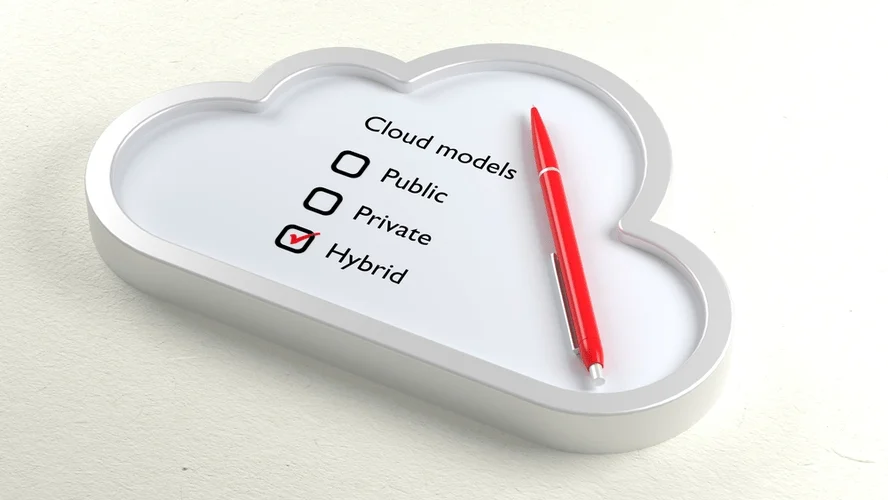Developers can design scaling policies based mostly on resource utilization or other particular metrics for the application. Kubernetes automatically adjusts instances either up or down according to the desired criteria. Furthermore, Kubernetes presents built-in load balancers that unfold incoming visitors throughout a quantity of utility instances, growing its accessibility, responsiveness, and efficiency.
Automation in Kubernetes CI/CD pipelines streamlines the method Software Development Company of operating exams in your API endpoints and offers quick feedback by way of detailed reports and exit codes. These insights assist detect regressions early and verify that your APIs are returning the proper standing code and handling requests appropriately. Now that we have explored the basics of Kubernetes and its structure, let’s delve into the benefits it brings to software development. Docker is a containerization tool that manages containers, whereas Kubernetes is an orchestrator that “commands” the container supervisor.
For builders Kubernetes opens a world of possibilities in the cloud, and solves many problems, paving the way in which to focus on making software program. As organizations use microservices and cloud-native architectures, Kubernetes is turning into the norm for container orchestration. As a lot as Kubernetes simplifies deploying and managing containers, workloads at scale make life complicated, and sturdy practices are needed. The technology’s declarative framework includes a declarative API and controller for constructing and working brokers through a consumer interface, from the programmer’s command line interface and via declarative configuration. Kubernetes is an open source container orchestration platform that automates lots of the manual processes concerned in deploying, managing, and scaling containerized applications.
A Step-by-step Information To Steady Integration In Your Nodejs Application

A Kubernetes operator is an application-specific controller that extends the functionality of the Kubernetes API to create, configure, and manage instances of complicated applications on behalf of a Kubernetes user. A deployment permits you to describe an application’s life cycle, such as which pictures to make use of for the app, the variety of pods there must be, and the finest way by which they want to be updated. Reproduction sets are a sort of controller that ensures a specified number of pods are operating at any given time. The Kubernetes API (application programming interface) is the entrance end of the Kubernetes management airplane and is how customers work together with their Kubernetes cluster. We’re the world’s leading provider of enterprise open source solutions—including Linux, cloud, container, and Kubernetes.
It allows us to deploy and handle container-based purposes across a Kubernetes cluster of machines. Effective management of check knowledge and setting variables is crucial, as is guaranteeing that exams cowl critical features such as response status codes, performance beneath load, and correct dealing with of parallel check execution. Collaboration between growth and testing teams further enhances the method, making certain that each groups are aligned on high quality objectives and that issues are addressed promptly. Incorporating API testing into your CI/CD pipelines is important for guaranteeing that every update to your codebase is thoroughly vetted earlier than reaching manufacturing.

To run on Kubernetes, your applications have to be encapsulated in a quantity of container pictures and executed utilizing a container runtime like Docker. While containerizing your elements is a requirement for Kubernetes, it also helps reinforce many of the ideas from the twelve issue app methodology mentioned above, permitting for better scaling and management. Additionally, Kubernetes provides strong security measures, ensuring that functions are protected in opposition to potential threats and vulnerabilities. With its lively group and intensive ecosystem, Kubernetes offers organizations with access to a wealth of sources, instruments, and providers that may assist them to enhance and improve their applications constantly. Overall, the significance of using Kubernetes lies in its ability to provide a versatile, scalable, and safe platform for managing modern purposes and enabling organizations to stay ahead in a rapidly evolving digital panorama. With Kubernetes, organizations can achieve increased efficiency and agility in their development and deployment processes, leading to sooner time to market and lowered operational prices.
Greatest Practices For Api Testing In Kubernetes
The Kubernetes self-healing characteristic is activated each time a containerized app or utility part fails. Kubernetes has built-in load balancers to effectively unfold network traffic or requests over a set of containers for the backend. It also permits service discovery by routinely assigning a novel IP handle and DNS name to each service. This characteristic lets companies uncover and communicate with one another inside Kubernetes clusters without the want to hard-code containers’ IP addresses.
Improvement & Cloud
- This could be invaluable throughout recovery operations, migrations, or when monitoring down the basis explanation for unintended changes introduced to your system.
- Kubernetes is designed to deal with large-scale deployments, so it’s essential to design your clusters with scalability in mind.
- Streamline creating and publishing container photographs with CI/CD instruments corresponding to Jenkins, GitHub Actions, and GitLab CI.
- Purposes may be constructed by composing particular person containers that every fulfill a given function but could not accomplish a whole course of alone.
Self-healing capabilities cut back the time between failures and make sure that purposes remain up and working. Kubernetes seamlessly integrates with CI/CD pipelines, making automating software testing deployment, release, and testing procedures simpler. Developers can use instruments corresponding to Jenkins, GitLab CI, or Tekton to create effective workflows to automate the creation, deployment, and testing of their applications on Kubernetes clusters. This hastens growth and improves staff collaboration, in addition to ensures the short and constant supply of latest features and updates. This signifies that a restart of the pod will wipe out any knowledge on such containers, and due to this fact, this type of storage is quite limiting in something however trivial applications.
You can access the API by way of REST calls, via the kubectl command-line interface, or through different command-line instruments corresponding to kubeadm. A multitude of Kubernetes services work collectively to automatically establish which node is best suited for every task, allocate sources, and assign the pods in that node to satisfy the requested work. Kubernetes automatically sends requests to the best pod, no matter the place the pod strikes in the cluster or even if it’s been changed. Since the load balancer service kind creates a load balancer for each service, it could possibly doubtlessly turn out to be expensive to show Kubernetes providers publicly utilizing this method. To help alleviate this, Kubernetes ingress objects can be utilized to describe the method to route different types of requests to totally different providers primarily based on a predetermined set of rules.
This collaborative approach fosters innovation and accelerates the software program growth lifecycle. The built-in instruments and agents are primarily based on Solo.io’s monitor document in platform engineering and the need to encode safety, observability and different features into cloud-native platforms. The framework layer in kagent is constructed on Microsoft’s AutoGen open supply framework, providing a powerful basis and additional point of extensibility. As an open source project, kagent can be extensively adopted inside different initiatives in the cloud native ecosystem to permit everyone to run, build, and share AI-driven solutions. Kubernetes allows the configuration of network policies that dictate how purposes and clusters work together.
It empowers builders to construct resilient and highly obtainable software program techniques, the place the orchestration of containers turns into a seamless symphony of efficiency and reliability. With Kubernetes, builders can summary the underlying infrastructure and concentrate on developing and deploying purposes rapidly and efficiently. It provides a sturdy framework for container orchestration, enabling seamless deployment and management of purposes in a distributed environment. Kubernetes simplifies growth, testing, and deployment, making it an important tool for CI/CD approaches. Its automation and centralized management enhance DevOps practices, shortening the intervals between releases and deployments. This is particularly important in microservices-based purposes, the place separate useful blocks work together through outlined APIs.
Kubernetes’s distributed nature means your testing framework must account for components similar to ephemeral assets, parallel test executions, and variations in community latency. Accounting for these components is essential because it ensures your API endpoints behave correctly and helps mitigate any dangers that come with rolling updates, autoscaling, and service discovery. As the adoption of containerization and microservices continues to develop, the importance of Kubernetes in software program growth is only anticipated to increase. As A Outcome Of most cloud computing engineers will typically know perhaps 5 to 10 project applied sciences very well i.e. to the degree that they can operate with them at a high level of technical dexterity. Both large companies and smaller initiatives use Kubernetes to save lots of money and time on ecosystem management.
The thought behind containers is to clear all of the useless parts of the application. It will go away bits from the OS you require to function and then wrap them up in a tidy bundle. Some key benefits of using Kubernetes embody elevated operational effectivity, improved resource utilization, automated scaling of applications, and enhanced portability across numerous infrastructure environments. Advanced testing tools offer features that show real-time logs and execution summaries, allowing you to trace the steps that led to a failure. Whether you’re utilizing a graphical interface or a command line interface, the ability to drill down into the take a look at execution process is invaluable.
This permits builders to arrange the network’s policies, ensure secure communication, and guarantee unhindered connectivity throughout the cluster. Kubernetes can revolutionize the realm of container orchestration by offering builders a strong instrument for creating and managing flexible, strong, and transportable applications. With its in depth capabilities and community of services, Kubernetes has turn out to be the most extensively used commonplace for creating container functions.